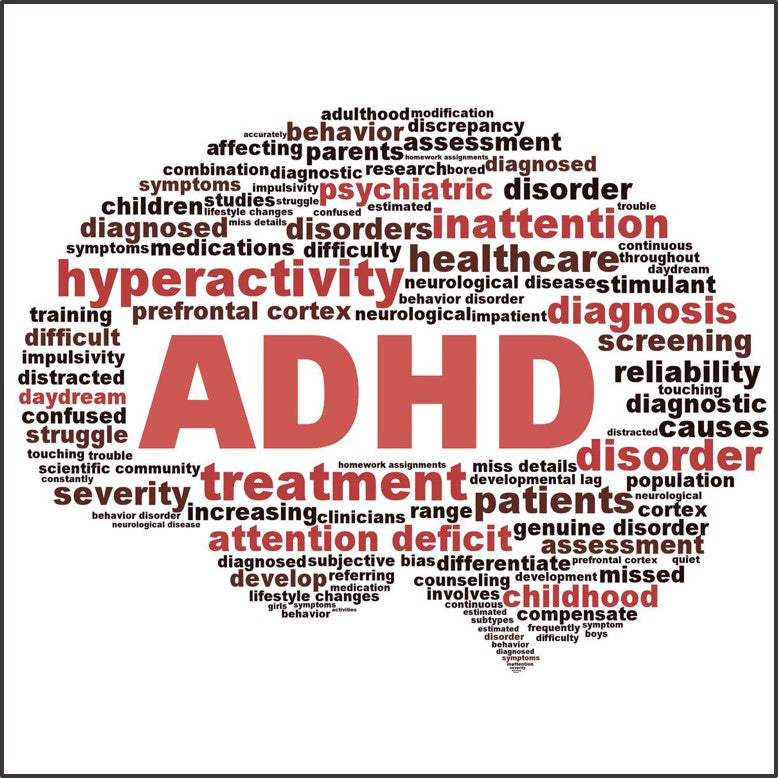
The Science behind Fidget Toys: How they help with anxiety and ADHD
Fidget toys have become increasingly popular in recent years, not just as a passing trend but as tools designed to improve focus, reduce stress, and help people with conditions like anxiety and ADHD. But how exactly do they work? Let’s explore the science behind fidget toys and their impact on the brain.
The connection between movement and focus
Many of us have been told to “sit still and focus,” but research suggests that movement can actually enhance attention. Small, repetitive motions—such as spinning a fidget spinner, clicking a fidget cube, or squeezing a stress ball—activate specific neurological pathways that help regulate focus and emotions.
For people with ADHD, fidgeting can be a natural mechanism to stimulate the brain. Studies suggest that small physical movements increase dopamine and norepinephrine levels, which play a crucial role in attention and motivation. Since individuals with ADHD often have lower dopamine levels, fidgeting may help bridge that gap and improve cognitive performance.
How fidget toys help with ADHD
While research on the effectiveness of fidget toys is ongoing, many experts believe they offer benefits by providing sensory stimulation that keeps the brain engaged. A 2016 study found that physical movement—such as tapping a foot or using a fidget toy—can improve working memory performance.

Additionally, fidget toys can help reduce hyperactivity by giving restless hands a structured outlet for movement. Instead of engaging in disruptive behaviors like tapping on a desk or shifting in a chair, individuals can use a fidget toy to channel excess energy in a controlled way.
However, it’s worth noting that not all fidget toys work the same way. Some may improve focus, while others—such as fidget spinners—could actually decrease attention if they become a distraction. The key is choosing the right type of toy for the user’s specific needs.
Fidget toys and anxiety relief
For individuals with anxiety, fidget toys serve as a simple yet effective tool for self-soothing. Engaging in repetitive movements, like pressing a pop-it toy or rotating a fidget ring, can provide a calming sensory experience that helps regulate emotions.
The tactile stimulation from fidget toys activates the somatosensory cortex, which integrates touch and movement information from the hands. This can create a grounding effect, reducing feelings of restlessness or nervousness.

Many people with anxiety also experience symptoms of excess energy or tension, which can manifest as nail-biting, leg bouncing, or pacing. Using a fidget toy offers a constructive way to release that built-up energy, making it easier to stay present and calm.
The different types of fidget toys and their benefits
Not all fidget toys are created equal—different designs serve different purposes:
- Kinetic Fidgeting (Spinners, Rings, and Rollers) – Best for keeping restless hands occupied while allowing the brain to focus on a task.
- Tactile & Click-Based Fidgeting (Cubes, Switches, and Buttons) – Provides structured sensory input to help manage nervous energy.
- Sensory Fidgeting (Pop-Its, Squishy Toys, and Textured Balls) – Offers a calming experience through touch-based stimulation, ideal for stress relief.
Are fidget toys effective?
While fidget toys are not a cure-all for ADHD or anxiety, they can be valuable tools for self-regulation. By providing sensory input and structured movement, they may help some individuals improve focus, reduce stress, and manage hyperactivity. However, effectiveness varies from person to person, and finding the right type of fidget toy is essential.
For those struggling with attention or anxiety, experimenting with different fidget toys could be a simple yet powerful way to enhance concentration and relaxation.
